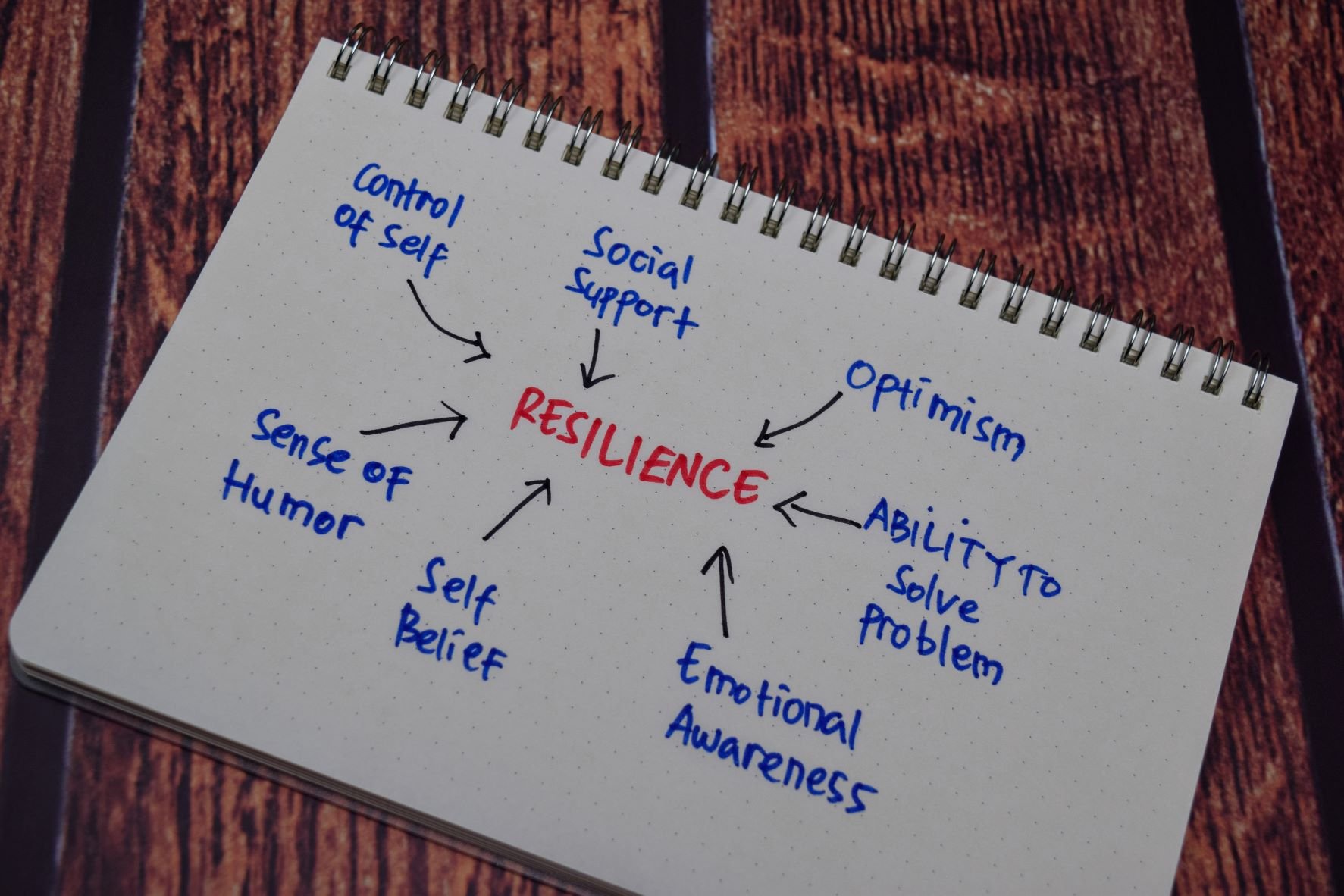Why Elementary Students Need Emotional Resilience Now More Than Ever
We all have a certain level of emotional resilience 一 the ability to bounce back from hardships, trauma, and other stressful life events. Life isn’t easy for anyone, and resilience helps us to continue living meaningful lives even after we’ve experienced pain and suffering.
Luckily, emotional resilience isn’t a trait that you’re either born with or you’re not 一 it’s a valuable skill that can be learned, practiced, and strengthened over time.
Many young children face difficulties in their lives, and they’re just as vulnerable (perhaps even more so) as adults to the harmful effects of stress. Emotional resilience is an important skill to teach kids, even at the elementary level.
Here’s how you, as an elementary school teacher, can help.
What Is Emotional Resilience?
Emotional resilience is the ability to overcome or bounce back from hardships and trauma without any long-term consequences. Many people go through childhood trauma, but psychologists and researchers noticed that only some of these kids ended up suffering from negative outcomes in adulthood (including addiction, trouble with the law, and mental illness).
Resilience is the term that’s used to describe the ability of children who’ve experienced traumatic events to bounce back from these experiences and become happy, thriving adults.
Every human being has the ability to learn and develop emotional resilience, and teachers play a huge role in helping their students start on the path toward becoming more resilient adults.
Why We Need to Help Kids Develop Emotional Resilience

Although resilience has always been important for kids to develop, it’s more important than ever in the times we’re currently living through. That's because kids today are more stressed than ever 一 so much so that pediatricians have declared children’s mental health a national emergency.
We urgently need to help kids develop emotional resilience. Here are some reasons why.
Kids’ mental health has suffered during the pandemic.
Kids’ mental health has taken a deep dive during the COVID-19 crisis. Pediatric hospital admissions for mental health and suicide attempts have doubled since pre-pandemic times. Three out of four children and adolescents say that the pandemic has affected their mental health negatively.
It isn’t hard to see why. Kids were suddenly forced to stay home, with little to no contact with anyone outside of their family. Many were lacking the structure, predictability, and peer interactions that school brought to their lives.
We need more research to be able to say for sure how damaging this has been to children’s mental health. But in one (pre-COVID) study, 30% of children in social isolation or quarantine developed symptoms of PTSD.
Even before the pandemic, children faced a lot of stress.
Even putting the pandemic aside, kids have always had to face stressful and traumatic life events. Up to 40% of K-12 students face at least one traumatic event. And research has proven that there is a strong link between childhood trauma and negative outcomes in adulthood (including crime, substance abuse, and mental illness).
Today’s kids also face stressors that children in decades past never had to think about. For example, students today are faced with the risk of school shootings. Some studies also show that today’s students face more academic pressure than any previous generation.
Childhood may be the best time to teach emotional resilience.
Emotional resilience is a teachable skill, which means that anyone can learn and develop it 一 even adults. With that being said, childhood is the best time to teach this valuable life skill. That’s because kids’ brains are more malleable thanks to neuroplasticity. In other words, children’s brains pick up new skills a lot easier than adults do.
It’s important that we work with children, while their brains are still young, to help them develop important life skills that will help them well into the future.
How Elementary Teachers Can Help Teach Emotional Resilience in Schools
It’s clear that building emotional resilience can help today’s children bounce back from the stressful times that they’re going through. But what role can elementary teachers play in helping children develop emotional resilience in schools?
First of all, it’s important to recognize that the relationship you have with your students, alone, may help them to become more resilient adults. Research studying the impact of trauma on children and adult outcomes has found that kids who have a strong relationship with at least one caring adult in their lives 一 including with teachers 一 are more resilient.
In other words, knowing that there was an adult in their lives who truly cared about them helps kids develop emotional resilience. Building strong relationships with your students is so powerful that it can often outweigh the negative impact of trauma. Kids who have these types of relationships are less likely to face negative outcomes (like addiction, trouble with the law, or mental illness) in adulthood 一 even if they’ve gone through the same amount of trauma as others.
If you’re unsure how to start building strong relationships with your students, try:
- Listening to them mindfully and with empathy
- Attending their extra-curricular events
- Affirming their good intentions and efforts
- Talking to them about their own interests
In addition to the relationship factor, experts say that emotional resilience can be broken down into several traits and skills, including:
- Perseverance
- Emotional awareness
- Optimism
- Perspective
- Sense of humor
On top of building strong relationships with your students, you can help them practice skills in each of these five areas.
One way to teach emotional resilience in schools is through a classroom mindfulness practice. Mindfulness can help elementary students to develop all five of these skills that will help them become more resilient. For example, mindfulness can teach children to develop more emotional awareness. You can choose to do a mindful mental health check-in with your students, or lead them in an internal awareness exercise.
For more support on building a classroom mindfulness practice for your elementary students, get in touch with us today.





SIGN UP FOR OUR NEWSLETTER